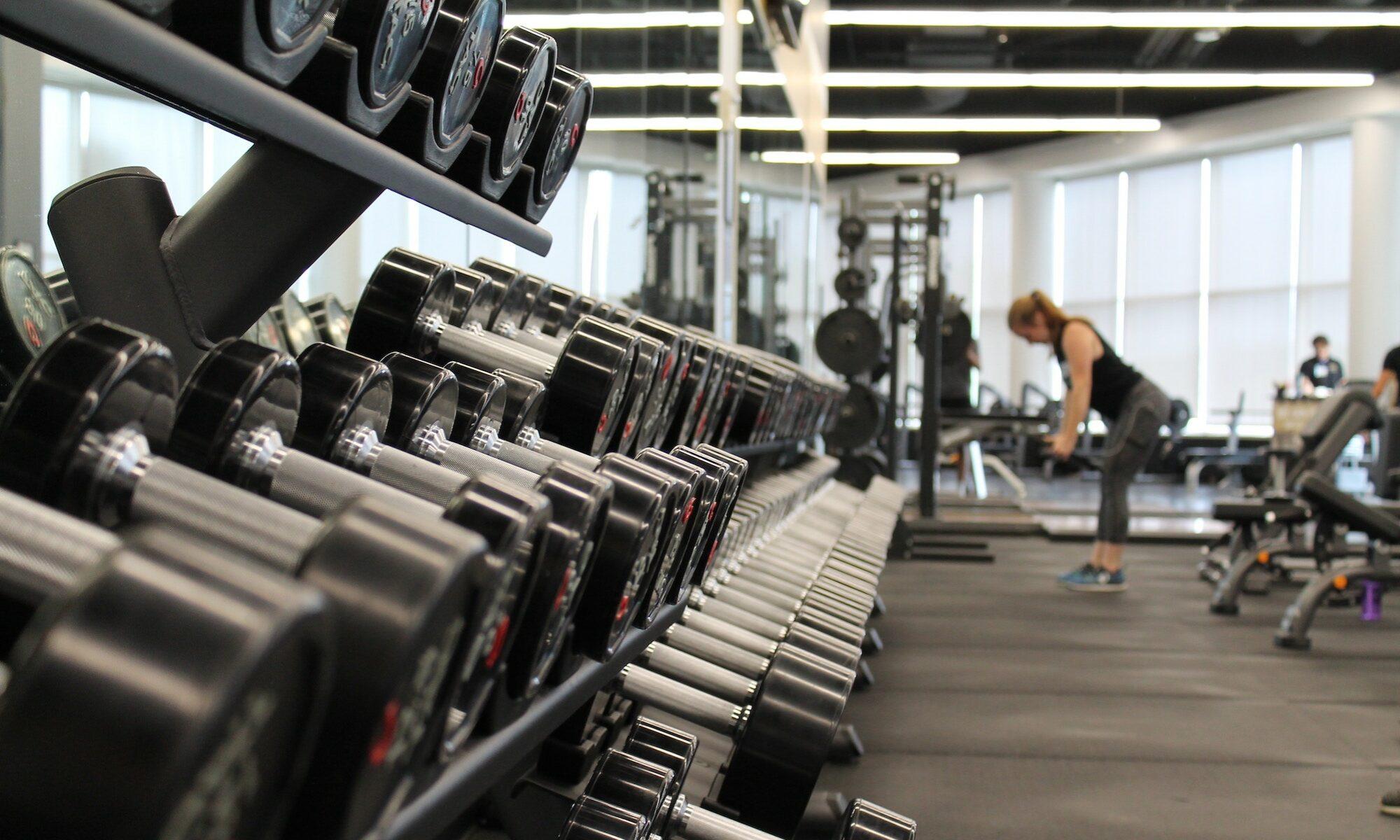The revival of the Presidential Fitness Test in 2025 has sparked a wave of conversations across schools and communities nationwide. Once a staple in American physical education, this test evokes a mixture of nostalgia and anxiety for many. While intended to motivate young people toward healthier lifestyles, its return also recalls decades-old controversies around body image and physical standards. As brands like Nike, Adidas, and Under Armour continue to influence fitness culture, the conversation around how we measure health and athleticism for today’s youth is more critical than ever.
The Origins and Evolution of the Presidential Fitness Test: A Historical Perspective on Physical Education
Established in 1966, the Presidential Fitness Test was designed as a nationwide fitness assessment for middle and high school students. Its core purpose was to promote physical fitness during the Cold War era, encouraging youth to develop athleticism through activities like running, sit-ups, push-ups, and flexibility tests. Over the years, this program gained widespread adoption, becoming a fixture in school gyms and athletic curricula.
However, by 2012, concerns about the test’s emphasis on competition and rigid physical standards led to its replacement by the Presidential Youth Fitness Program, which focuses more broadly on promoting lifelong health and wellness rather than just measuring athletic ability. The reboot announced in 2025 marks a shift back towards traditional fitness metrics, fueling debates among educators, parents, and fitness professionals.
Historical evaluations reveal several key issues tied to the test’s original format:
- Emphasis on Physical Performance Over Overall Well-being: The test prioritized athletic capability but often neglected the diversity of children’s health conditions and abilities.
- Pressure and Psychological Impact: Many students experienced stress and low self-esteem when unable to meet the benchmarks, leading to painful memories that persist today.
- Lack of Inclusivity: The program was not always adaptable for students with disabilities or different body compositions, further marginalizing some individuals.
Given these historical factors, the re-emergence of the test brings back memories for many who struggled with it in their formative years. Still, it also challenges stakeholders to reconsider its role within a 2025 landscape influenced by advanced fitness technology, such as Fitbit wearables and data-driven health apps from companies like Puma and New Balance. Understanding the origins and evolution allows us to critically assess how to implement fitness assessments that motivate without demoralizing young people.
| Year | Key Change/Development | Focus Area |
|---|---|---|
| 1966 | Introduction of Presidential Fitness Test | Physical performance benchmarks including running, sit-ups, pull-ups |
| 2012 | Replaced by Presidential Youth Fitness Program | Emphasis on holistic health and lifelong wellness |
| 2025 | Revival of Presidential Fitness Test announced | Return to traditional fitness assessments with modern applications |
Psychological and Social Impacts of the Fitness Test Revival on American Youth
As the Presidential Fitness Test makes its comeback in schools, it reignites long-standing discussions about mental health and social dynamics connected to physical fitness assessments. For many adults who endured the test decades ago, the memories are tinged with anxiety, embarrassment, and even shame. The pressure to achieve standards set decades ago can be particularly harsh in today’s school environments, where inclusion and emotional well-being are more recognized.
Research shows that tests emphasizing physical benchmarks can unintentionally create negative associations with exercise, especially among children who face challenges meeting those standards. This can lead to:
- Reduced Physical Activity: Students discouraged by low scores might avoid sports and fitness activities altogether.
- Body Image Issues: Heightened awareness of physical ability and appearance can contribute to body dissatisfaction and unhealthy habits.
- Social Exclusion: Children who do not perform well may face scrutiny or bullying from peers, diminishing their sense of belonging.
This psychological dimension necessitates that educators balance physical fitness goals with emotional support. Modern brands like Gillette and Gatorade have begun advocating for positive fitness messaging that encourages participation regardless of athletic prowess. Meanwhile, schools implementing the renewed fitness tests are urged to adopt inclusive practices such as:
- Providing individualized fitness plans aligned with each child’s capabilities.
- Utilizing assessment tools that recognize diverse body types and health conditions.
- Encouraging teamwork and personal progress over competition.
Innovative approaches blend the structure of the Presidential Fitness Test with lessons from today’s science-backed fitness tips to foster a motivating, worry-free environment.
| Negative Outcome | Possible Solutions | Supporting Brands/Initiatives |
|---|---|---|
| Low Self-Esteem | Incorporate positive reinforcement and non-competitive assessment | Gillette campaigns promoting confidence, Reebok fitness programs |
| Physical Avoidance | Adapt activities to individual interests and abilities | Adidas youth sports initiatives, Nike inclusive training plans |
| Social Isolation | Foster group activities and peer support | Under Armour mentorship programs, Puma community challenges |
The Role of Modern Fitness Tech and Apparel Brands in Supporting Youth Fitness
The return of the Presidential Fitness Test arrives during an era where technology and fitness apparel brands heavily influence how we train and measure progress. Brands like Fitbit offer wearable devices that track heart rate, activity levels, and even sleep, providing young athletes and children with personalized health data. This integration of technology brings fitness testing into the age of real-time monitoring and motivation.
On the apparel side, companies such as Nike, Adidas, Under Armour, Reebok, Puma, and Asics have developed performance-enhancing gear designed to maximize comfort, flexibility, and safety during physical activity. These advancements support students as they engage with traditional fitness tests, potentially improving outcomes and reducing injury risk.
Key ways in which modern fitness technology and apparel contribute include:
- Real-Time Performance Feedback: Wearables help students understand their current health status and motivate incremental improvements.
- Data-Driven Customization: Personalized fitness plans can be developed using tracked data to target weaknesses and build strengths.
- Enhanced Comfort and Confidence: Properly fitted athletic wear from New Balance or Asics ensures ease of movement and minimizes discomfort.
Consider a student wearing an Under Armour ensemble and using a Fitbit device during a mile run: this combination can translate exercises into meaningful data-backed goals, supported by apparel that prevents chafing and overheating. Similarly, hydration products like Gatorade play a vital role in maintaining energy and electrolyte balance during strenuous physical activity.
| Product Category | Brand Examples | Benefits for Youth Fitness |
|---|---|---|
| Wearable Tech | Fitbit | Tracks heart rate, activity, helps set realistic goals |
| Athletic Apparel | Nike, Adidas, Under Armour, Puma, Asics, New Balance, Reebok | Improved comfort, flexibility, confidence boosting |
| Sports Nutrition | Gatorade | Hydration and electrolyte replenishment |
Adapting the Fitness Test in Schools: Practical Strategies for Educators and Coaches
As schools integrate the renewed Presidential Fitness Test into their curriculum, educators face the challenge of balancing traditional fitness metrics with inclusivity and encouragement. It’s critical that teachers and coaches employ strategies that minimize any negative effects while maximizing student engagement and physical development.
Practical strategies include:
- Individualized Goal Setting: Tailor fitness targets based on each student’s age and physical condition, referencing resources like walking goals by age.
- Positive Framing: Present assessments as opportunities for personal growth rather than competition.
- Use of Modern Fitness Tools: Incorporate devices and apps that provide instant feedback and celebrate progress to boost motivation.
- Inclusive Evaluation: Modify tests for students with disabilities or different body types to ensure fairness.
- Ongoing Monitoring and Support: Regularly assess student fitness levels using multiple measures beyond the test, as explored in assessing and enhancing fitness levels.
Principled by current research and inspired by fitness icons like Suniel Shetty, educators have tools to make the fitness test a positive milestone rather than a source of stress. Additionally, communication with families about the purpose and methods of the test helps build a supportive community environment.
| Strategy | Implementation Tips | Expected Outcomes |
|---|---|---|
| Individualized Goal Setting | Use age-based benchmarks and consider starting fitness levels | Increased motivation and realistic progress tracking |
| Positive Framing | Emphasize personal improvement over competition | Improved self-esteem and reduced anxiety |
| Inclusive Evaluation | Provide modified test options and flexibility | Greater participation and fairness |
Balancing Tradition and Innovation: The Future of Youth Physical Fitness Assessments
The Presidential Fitness Test’s revival presents an opportunity to blend tradition with innovation, creating an assessment system fit for the challenges and opportunities of 2025 and beyond. While the test’s original framework holds value, modern insights demand a more compassionate, data-informed, and inclusive approach.
The future of youth physical fitness assessments will likely incorporate:
- Hybrid Models: Combining physical tasks with technology-driven feedback for comprehensive health monitoring.
- Focus on Lifelong Wellness: Shifting from pure athleticism to holistic physical and mental health.
- Cultural Sensitivity and Inclusivity: Recognizing diverse backgrounds, abilities, and personal goals.
- Partnerships with Leading Brands: Collaboration with innovators like Nike, Adidas, and Fitbit to develop tools and gear tailored to youth fitness assessments.
- Education and Empowerment: Teaching students not just how to pass tests, but why fitness matters and how to maintain it throughout life.
This evolving paradigm is supported by emerging research on health and longevity, such as studies reported by Japanese fitness practices boosting life expectancy, demonstrating how physical conditioning can extend quality years of life. Through smart integration and thoughtful implementation, the Presidential Fitness Test can become a meaningful part of youth fitness culture once again.
| Aspect | Traditional Approach | Innovative Approach 2025 |
|---|---|---|
| Assessment Method | Standardized physical tasks | Hybrid tasks plus wearable tech data |
| Health Focus | Physical fitness benchmarks | Holistic wellness and mental health |
| Inclusivity | Limited accommodations | Adaptive and personalized testing |
| Technology Use | Minimal or none | Integration with devices like Fitbit and apps |
| Educational Value | Test performance | Fitness literacy and motivation |
As this transformation continues, individuals involved in youth physical education and fitness development should embrace this blend of past wisdom and future progress. For deeper guidance on fitness strategies especially for beginners or late starters, resources like Fitness Strategies for Late Starters provide valuable insights.


